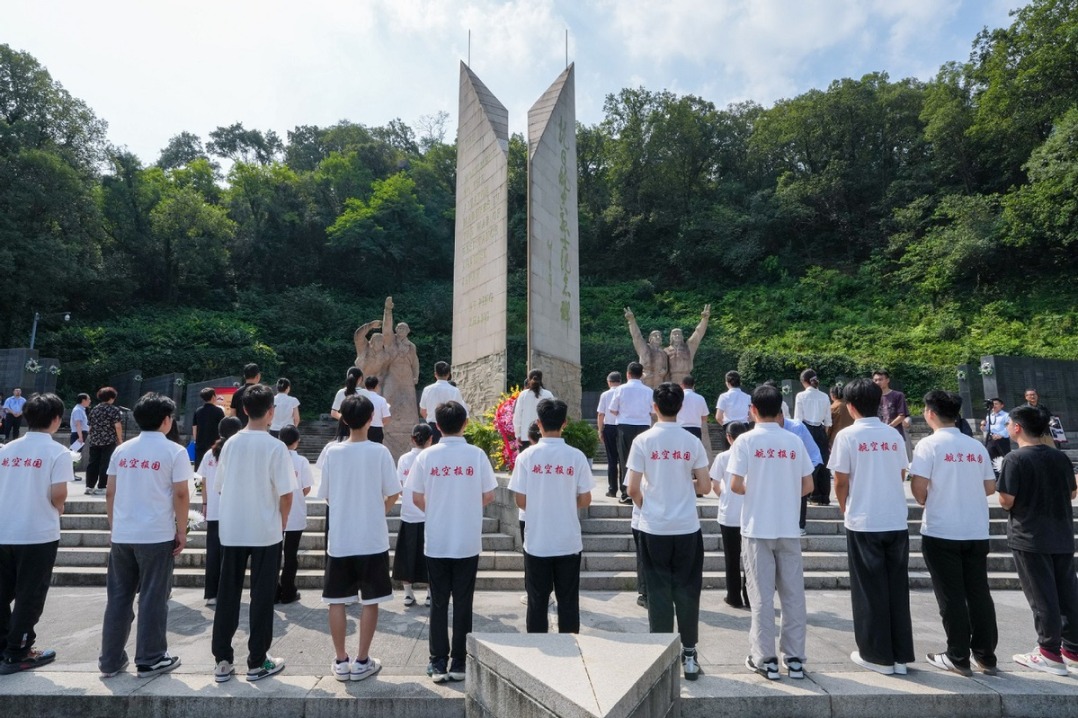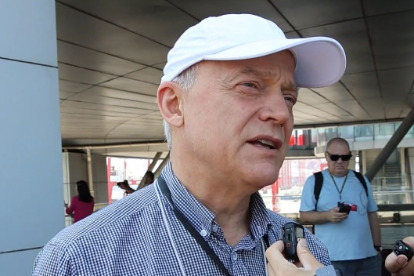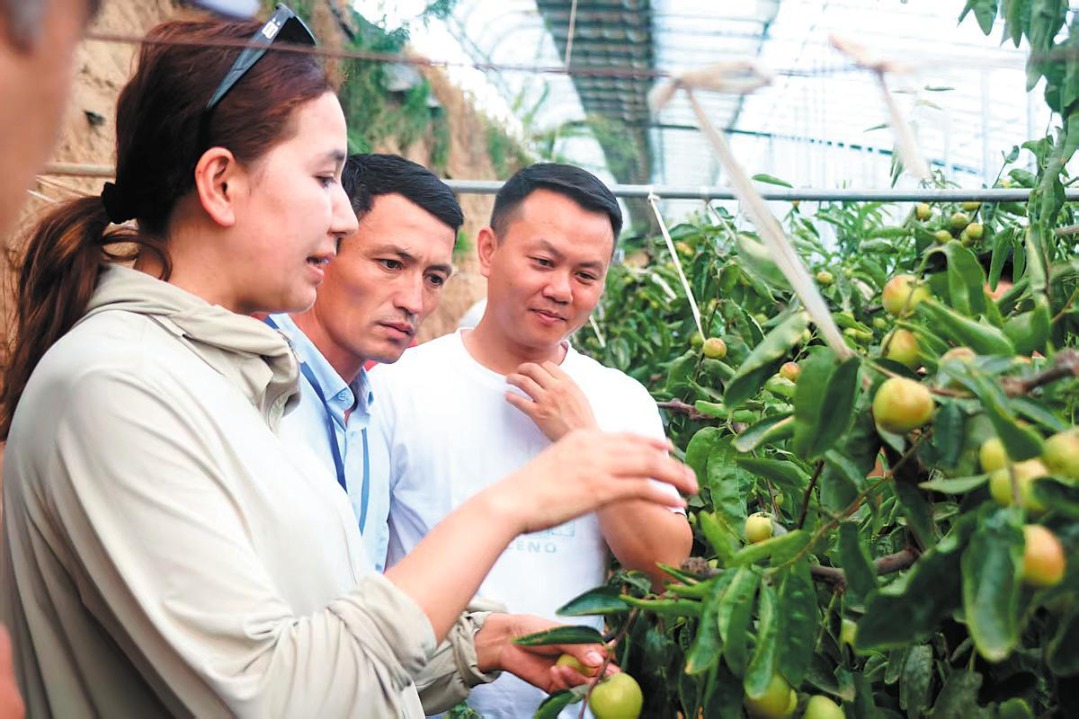Green economic recovery will be crucial

China reached a new height in 2020 when, under the leadership of President Xi Jinping, it achieved the first of its two centenary goals: to complete the building of a moderately prosperous society in all respects by the centenary of the Communist Party of China's founding in 1921.
China is also well on its way to achieve a new height by 2050 and achieve its second centenary goal, which is to build China into a modern socialist country that is prosperous, strong, democratic, culturally advanced and harmonious, by the centenary of the People's Republic of China, which was founded in 1949. This second goal is sure to be achieved as well.
The changes in China are considered to be the greatest poverty alleviation achievement in human history, lifting more than 800 million people out of poverty. China's world-leading period of growth has brought it to the cusp of being the largest economy in the world.
China's breathtaking growth was unleashed over 40 years ago with its bold and historic policy of reform and opening-up in 1978. If I were to summarize the keys to China's success during the 40-plus years since 1978, I would point to four factors: a long-term vision, a strong will to implement that vision, a recognition of the value of state-of-the-art technology, and a recognition of the value of infrastructure.
During the fourth session of the 13th National People's Congress in March 2021, Premier Li Keqiang highlighted that China will consolidate and expand its achievements in poverty alleviation with efforts to promote rural revitalization. Countries along the Belt and Road Initiative routes can learn lessons from China's experience regarding a long-term vision and a strong national will.
The China-proposed BRI is the broadest platform for collaboration and cooperation. It reminds us that great historians trace the oldest globalization to the Silk Route. It is fitting that today, given that China is on a trajectory to being the world's largest economy, scholars now describe the BRI as "Globalization 2.0."
I recall that when I began my career in public service, it was in the 1980s and the term "dragon economy" was coined to describe the economic miracle that was starting to take shape in China. As an official in the Philippines Department of Trade, I wondered then if China would become our chief competitor in the world market. Little did anyone realize at that time that China was in a class of its own. Rather than a competitor, China has proved to be a partner in development-it is a market for developing countries, a donor, and a provider of capital and technology.
China is correct in striving for partnership in growth and in development with its neighbors. This enlightened attitude provides the foundation for continued friendship between China and the world, especially now in the context of the COVID-19 pandemic. At the 75th anniversary of the United Nations in 2020, President Xi pointed out that the sudden attack of COVID-19 has been a grave test for the entire world. He added that mankind has entered a new era of interconnectedness, with countries sharing intertwined interests and their future closely linked together, and that global threats and global challenges require strong global responses.
But the pandemic has left scars on the world and highlighted the challenges facing the world's pursuit of sustainable development. Thus, the world now focuses on economic recovery and green development.
COVID-19 has given rise to a rethink of some of the BRI's key focus areas, bringing about the Health Silk Road, the Digital Silk Road and the Green Silk Road.
Renewable energy has come to account for many BRI investments since the pandemic started. Furthermore, as the Asian Infrastructure Investment Bank put it, the pandemic has prompted the world to probe the linkage of the virus and other diseases with future eco-catastrophes, thus necessitating environmental, social and governance standards in all business activities. We congratulate the AIIB on its revised Environmental and Social Framework, which has new measures for environmental, social and governance approaches to guide itself and its clients in the management of the environmental and social impacts of its projects.
Let us heed the exhortation of President Xi at the APEC CEO Summit in December-"A sound eco-environment is the most basic public good that benefits all"-and make post-pandemic recovery a green one.
The author is former president of the Philippines and board member of International Finance Forum (IFF).
- 8 held after children found with abnormal blood lead levels
- Country's high-speed rail network wins intl praise
- Thousands of PLA personnel deployed to flood-hit Rongjiang
- China's largest weapons manufacturer appoints new chairman
- Greater Bay Area rail passenger flows surge
- Shanghai exhibit hails role of Flying Tigers in liberating China





































